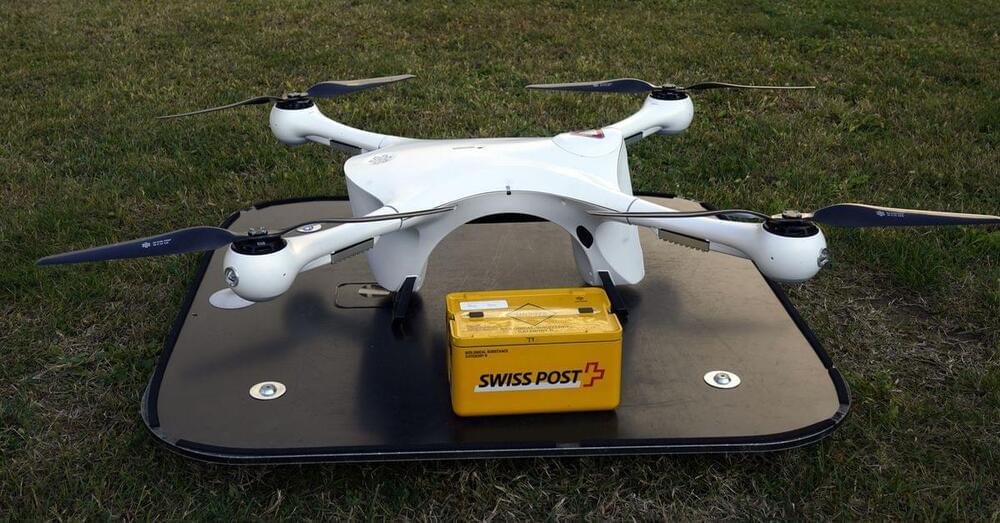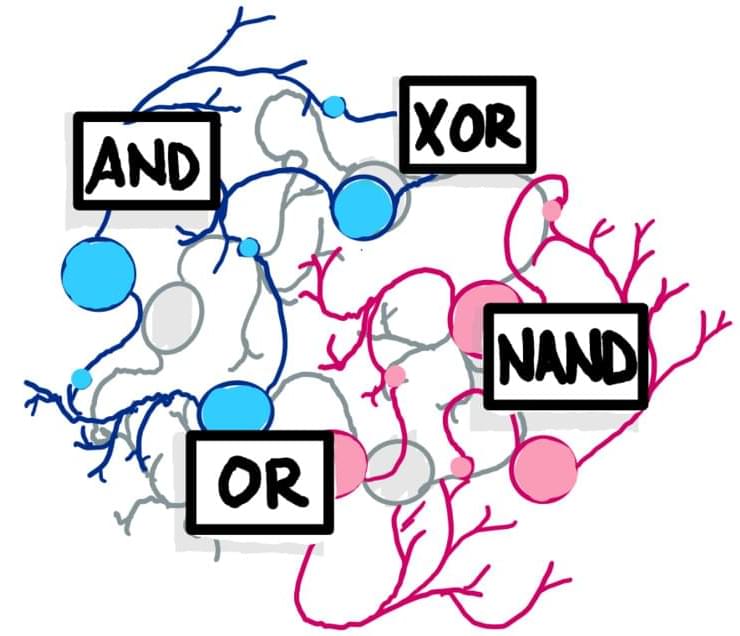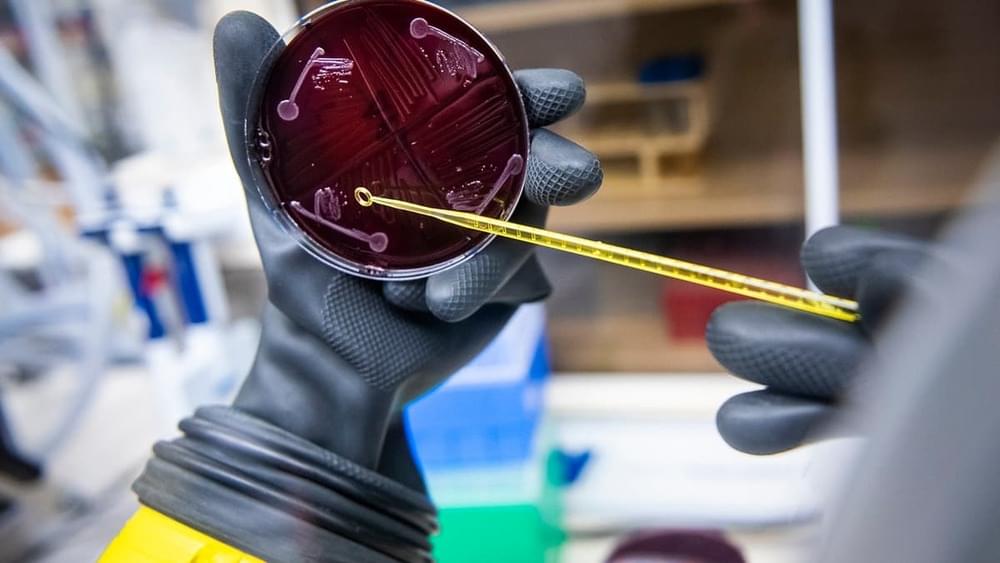Dielectric mirrors, also referred to as Bragg mirrors, reflect light nearly completely. Hence, they are suited for various applications, such as camera systems and sensor systems for microscopy and medical technologies. So far, such mirrors have been produced by complex processes in expensive vacuum devices. Researchers from Karlsruhe Institute of Technology (KIT) now are the first to print Bragg mirrors of high quality with inkjet printers. This may pave the way towards the digital manufacture of customized mirrors.
Research results are published in Advanced Materials (“Fabrication of Bragg Mirrors by Multilayer Inkjet Printing”).
Bragg mirrors are produced by applying several thin layers of materials onto a carrier. The resulting optical mirror specifically reflects the light of a certain wavelength. Reflectivity of a Bragg mirror depends on the materials, the number of layers applied, and their thicknesses. So far, Bragg mirrors have been produced in expensive vacuum production facilities. KIT researchers now were the first to print them on different carriers. This largely facilitates production.







